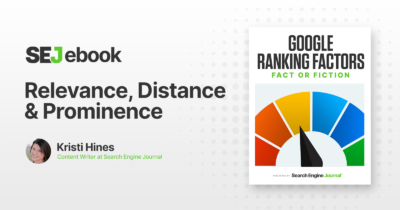Google Maps rankings are primarily influenced by three core factors: distance, relevance, and prominence. These factors work together to determine which local businesses appear in search results and in what order.
-
Distance measures how physically close a business is to the searcher’s location or the location specified in the search query. This factor is fixed and cannot be changed by the business. Since Google’s December 2021 Vicinity update, distance has gained even more weight, often allowing closer businesses to outrank more optimized but farther competitors.
-
Relevance assesses how well a business matches the user’s search intent. This depends on how accurately the business’s Google Business Profile (GBP) and website content reflect the searched products or services. Optimizing keywords, categories, and detailed business information in the GBP improves relevance.
-
Prominence reflects how well-known and trusted a business is both online and offline. Google evaluates prominence using signals such as the number and quality of reviews, backlinks, citations, mentions in directories and news articles, and overall online reputation. Positive customer reviews are especially critical to prominence and local ranking.
In summary, distance determines proximity to the searcher, relevance ensures the business matches the search query, and prominence signals the business’s reputation and popularity. While distance is uncontrollable, businesses can improve relevance and prominence through comprehensive GBP optimization, consistent citations, active review management, and local SEO efforts.
This triad of factors forms the foundation of Google Maps local search ranking algorithms in 2025 and beyond.





